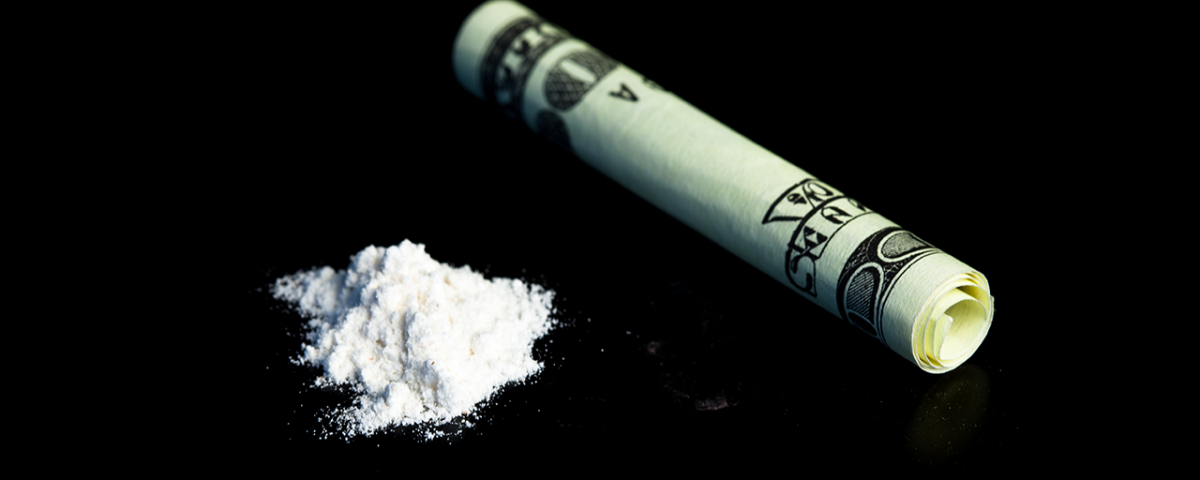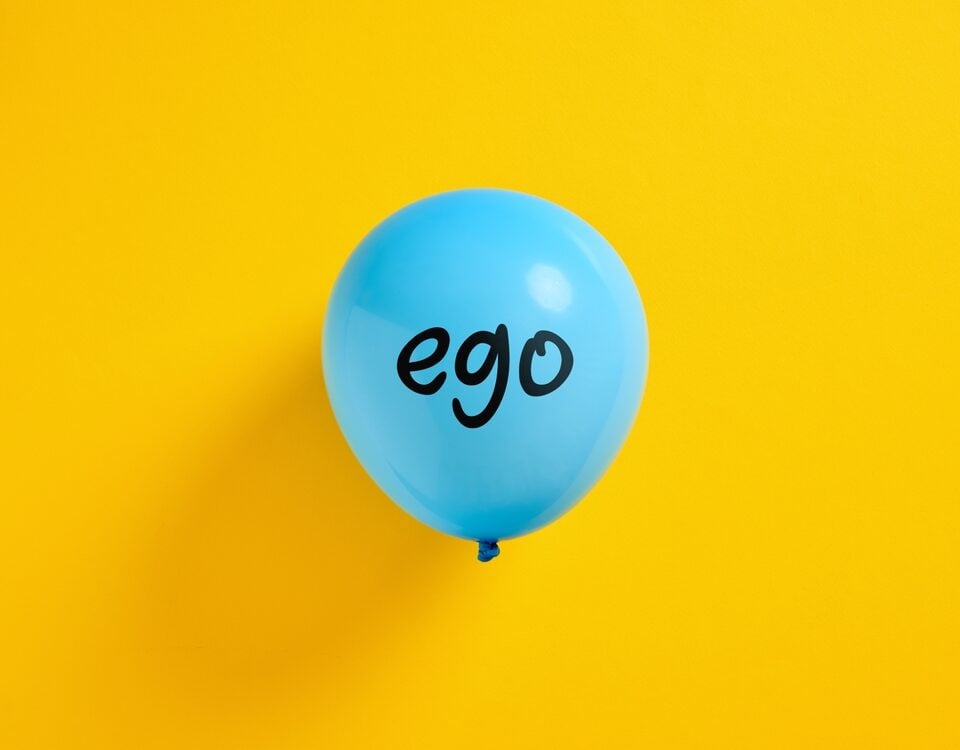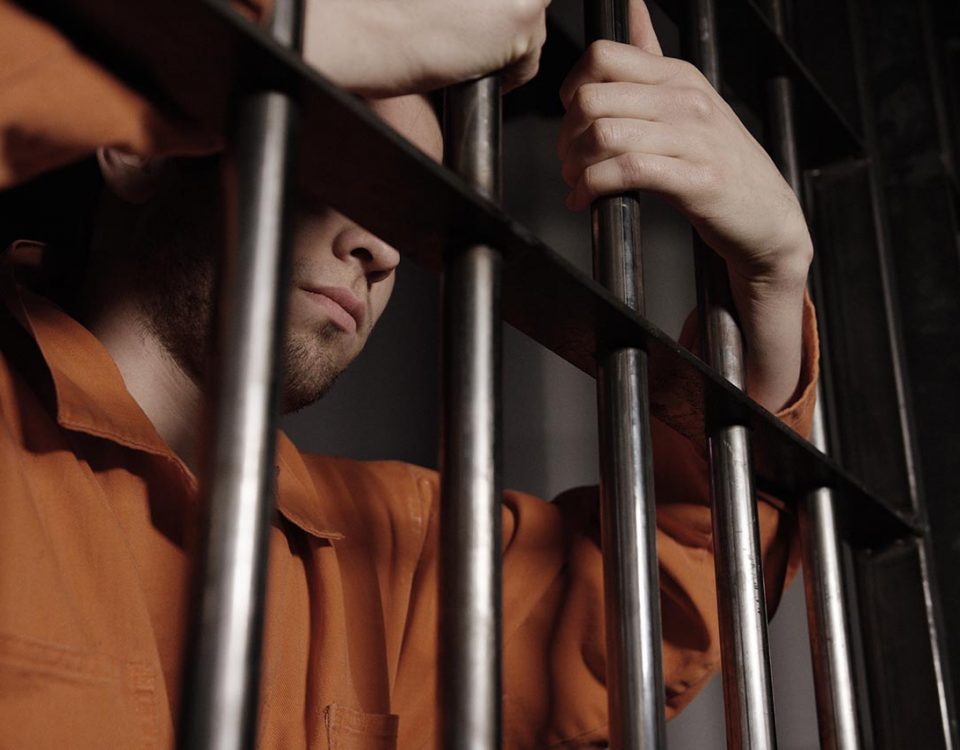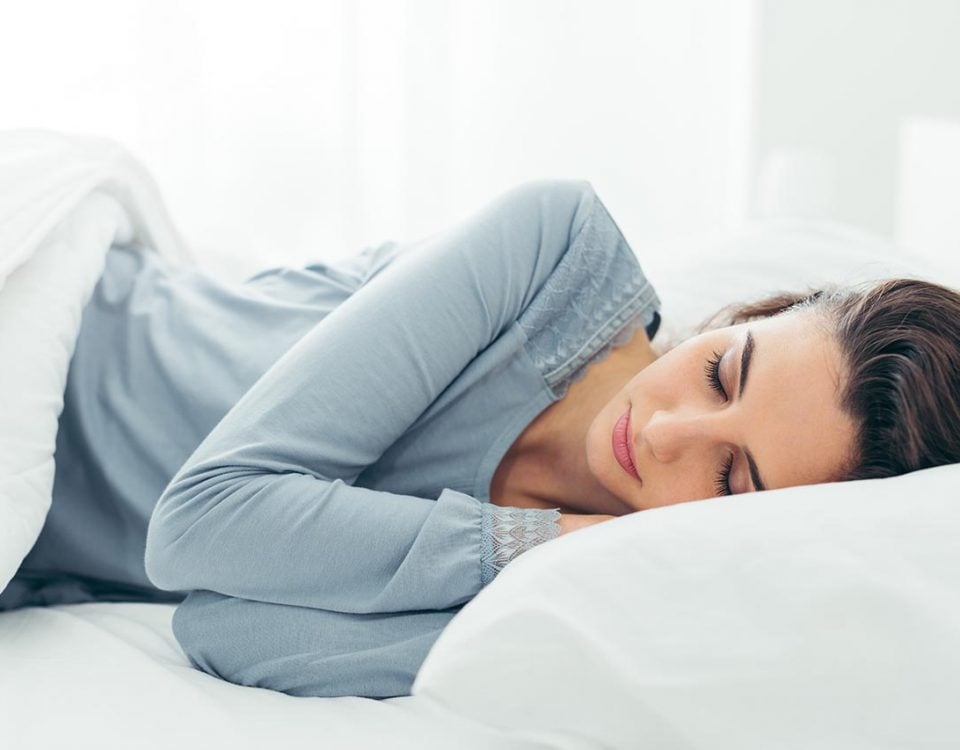Knowing what to look for can help you identify cocaine paraphernalia and potentially stop addiction in its tracks. Whether you’re a concerned parent, spouse, or friend, it’s important to know what drug paraphernalia is associated with certain substances to confirm any suspicions of a loved one’s use.
Depending on state and federal laws, possession of drug paraphernalia or drug tools of any kind that is used to take illegal drugs could lead to legal trouble, such as a misdemeanor or worse. Identifying any tools that individuals use to take drugs can save them from legal trouble, relationship problems, health problems, and more.
Drug Paraphernalia Definition
Drug paraphernalia refers to any equipment or tools used to produce, conceal, and consume illicit drugs. It includes but is not limited to materials like bongs, roach clips, spoons, aluminum foil, and pipes.
Under federal law, examples of drug paraphernalia include “any equipment, product, or material of any kind which is primarily intended or designed for use in manufacturing, compounding, converting, concealing, producing, processing, preparing, injecting, ingesting, inhaling, or otherwise introducing into the human body a controlled substance.”1
Drug paraphernalia can be obtained in various ways. Many large, illegal drug manufacturers market their products over the internet, either through the dark web or even in secret codes on social media.
Drug dealers are even using dating apps and social media apps to sell drugs, specifically by using emojis to discreetly advertise the drugs they’re selling. Drug paraphernalia may be sold with drugs over the internet and through mail-order businesses. They’re also frequently sold at tobacco shops, gift and novelty shops, gas stations, and convenience stores.
Common Cocaine Accessories and Paraphernalia
Drug accessories such as cocaine paraphernalia are illegal. According to the drug paraphernalia statute, U. S. Code Title 21 Section 863, it’s "unlawful for any person to sell or offer for sale drug paraphernalia; to use the mails or any other facility of interstate commerce to transport drug paraphernalia; or to import or export drug paraphernalia."1
With this in mind, below are some common examples of crack cocaine paraphernalia to look out for.
- Dollar bills, hollow pens, and straws: These are used to snort cocaine.
- Snuff bullets: Snuff bullets are small plastic tubes that are shaped like bullets and are used to store drugs. Users snort drugs through the top of these bullets.
- CD cases and small mirrors: These are used to cut up and distribute cocaine.
- Strange jewelry: Some people may store cocaine in jewelry, such as lockets.
- Hollowed-out books or other materials: Some users may store stashes of cocaine in hollowed-out books and materials like hollow pens or lipstick tubes.
- Small baggies: Cocaine is often sold in small baggies.
- Razor blades: These are used to cut up cocaine and create lines of cocaine to be snorted.
- Small spoons: These are used to scoop cocaine out of baggies and snort it directly.
- Bottle caps: For dissolving cocaine in water to inject it.
- Stir sticks: Things used to mix cocaine into water and make it injectable.
- Vinegar or other acids: Used for dissolving crack cocaine to inject.
- Needles and syringes: Used for injecting cocaine.
- Water pipes and other materials used to heat up cocaine and inhale vapors: These materials may include lighters and candles, tin foil, roach clips, and small glass vials (freebasing cocaine.)
Other Signs of Cocaine Use
In addition to the different types of cocaine and crack paraphernalia out there, a person who’s using this stimulant will display certain physical and behavioral signs, such as:
- Dilated pupils
- Damage to nasal passages (from snorting cocaine)
- Frequent nose bleeds (from snorting cocaine)
- Track marks on the body (from injecting cocaine)
- High blood pressure and body temperature
- Fast heart rate
- Loss of appetite
- Trouble breathing
- Increased energy
- Restlessness
- Irritability
- Paranoia and anxiety
- Erratic behavior
- Changes in sleep pattern
- Secretive behavior
- Stealing from and lying to loved ones
- Mood swings
- Financial problems
Examples of drug paraphernalia may vary depending on the drug in question. If you suspect that your loved one is using drugs, don’t wait to get help.
Banyan offers psychotherapy and medical detox in Delaware on a residential level of care where clients are separated from outside distractions and can focus on their recovery. We not only focus on physical recovery but also on helping clients develop healthy habits for building a sober lifestyle.
For more information about cocaine addiction treatment and how to get started at our Delaware rehab center, call Banyan Treatment Centers today at 888-280-4763.
Source:
- National Drug Intelligence Center – Drug Paraphernalia Facts
Related Reading:









